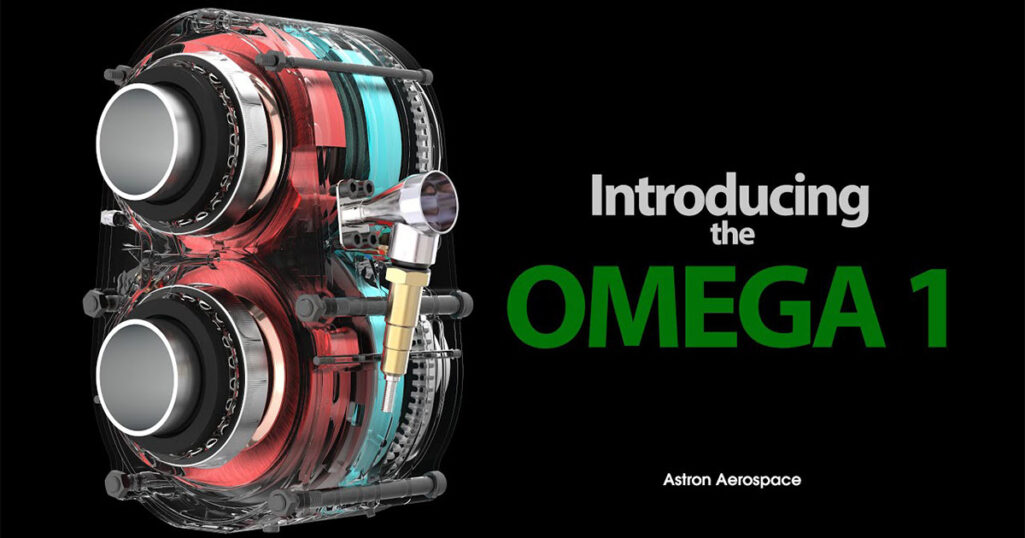
The world stands in exactly the position it would have, had there been no efforts in place to try to curb carbon emissions, as stated in the United Nations Environmental Program (UNEP) report. According to the latest Intergovernmental Panel on Climate Change (IPCC) report, a 50 % chance of keeping temperatures below 2°C requires keeping total emissions below 3.7trn tonnes, out of which 2.4 of those tonnes have already been emitted.
Direct Air Capture (DAC)
In such a scenario, capturing carbon directly from the atmosphere, also known as Direct Air Capture (DAC), becomes ever so important, and the Japanese carbon capture method may just be the answer. It is a breakthrough development that can solve the problem of capturing carbon from the atmosphere without the disadvantages of other available methods.
How is the Japanese Carbon Capture Method Different?
The Japanese carbon capture Method outperforms other available DAC methods in both speed and efficiency. Unlike other DAC methods, the Japanese Carbon Capture Method is 99% efficient. This method is similar to liquid DAC, in which carbon is trapped in the liquid solution, but the captured carbon, rather than being trapped in the solution, comes out on the other side as solid.
The researcher’s team at Tokyo Metropolitan University (TMU) used a liquid compound called isophorone diamine (IPDA). Using this, the process achieved 99 % efficiency at 40 parts per million (ppm) of carbon dioxide ( CO2). The captured carbon came out as carbamic acid, and the process was two times as fast as other DAC methods in the world today. Moreover, the captured carbon can easily be resolved by heating the output at 60 degrees Celsius.
Advantages of the Japanese Carbon Capture Method
The importance of DAC methods is very crucial for the world to meet its climate ambitions. Other methods of DAC are operating in the world, but they are not efficient.
Efficiency:

The Japanese carbon capture method has proven to be remarkably efficient, as it has proven to be 99% efficient. Efficiency has been a problem when it comes to DAC methods. For example, Climeworks, a Swiss company, plants are currently 90 percent efficient, emitting 10kg of CO2 for every 100 kg removed from the atmosphere. It aims at increasing the efficiency of its process from 90 to 96 percent.
Speed:
The other advantage of the Japanese direct air capture process is its speed. The process is twice as fast as other options available in the world today. For example, Orca, a facility built in partnership with Climeworks, is the world’s largest “direct air capture” (DAC) facility. The installation is designed to store 48,000 tonnes of CO2 over its 12-year life.
Cost:
The third biggest advantage that can come from the Japanese carbon capture method is the cost of the process. For example, Clime works says it costs between $600 and $800 to separate a ton of CO2 from the Icelandic air and store it away. It is expected to cost a lot less than the present DAC methods. That is exactly what is needed in the developing countries because they are the ones that cannot stop their development and are likely to spend a hefty amount from the remaining budget of carbon.
What is yet to be seen about the Japanese Carbon Capture Method?
The process has given life to the goals of keeping the increase in the climate to around 2 degrees Celsius, especially given the importance of technology in achieving the goal. What is yet to be seen is the sustainability of the process. It is not enough for a process to show a remarkable performance for some time and eventually become unsustainable.
Also, it is not yet known whether it could be deployed at large–scale power plants or would just be used on a small scale. Implementing the method at a large scale can be a game-changer for the world. However, implementation at a small scale can also help but not to that extent. Nonetheless, it will give a huge boost to DAC methods moving forward.
Conclusion
Technology is expected to play a crucial role in meeting climate goals. Bill gates, in his book How to Avoid a Climate Disaster, also emphasized the importance of technology in achieving net-zero ambitions. The Japanese carbon capture method has proved a very crucial step in the DAC methods. With the efficiency and speed that it claims, it could very well be the answer to the climate woes of the world.




